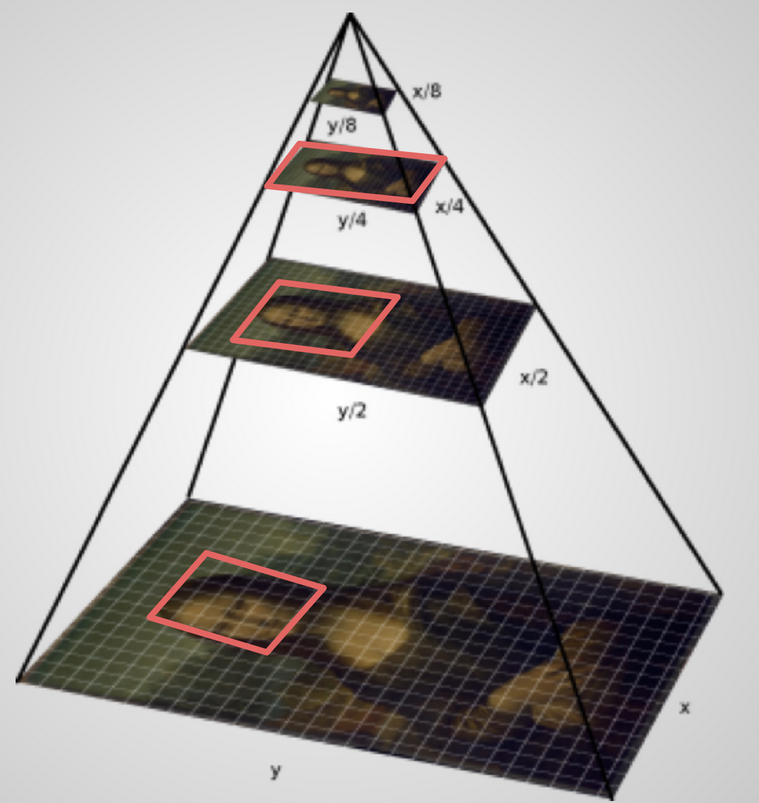If you want to get into creating IIIF-compliant images you have to follow some structural steps, which can seem quite overwhelming at first glance. It is necessary to establish the right backend in your digital environment, convert your images to TIFF-files, building the fundamentals of the IIIF Image API, and create so-called manifests in JSON-format for furthergoing exploitation of your data.
“Image Conversion Guide”
To facilitate these steps for you as the end-user and to enhance the usage of IIIF throughout the scientific community, the IIIF image conversion guide was created. It provides guidelines and a workflow on how to set up a web server as well as an IIIF-compliant image server and how to convert your plain images to the necessary TIFF-files.
Use Case Training
The conversion guide is completed by a use case training that includes a test set of 10 images.
If you are already familiar with IIIF, its basic functionalities and background, you may download the PDF of the image conversion guide and follow the guidelines. If you are still trying to find a way to figure out basic questions and a suitable workflow, you may find our IIIF introduction page or the following explanations helpful.
Which basic backend features do I need to get started with my own IIIF conversion?
There are many different ways to get into IIIF conversion. Maybe you already have a DAMS (Digital Asset Management Systeme) at your institution that supports IIIF. If that is the case, you can get in touch with the technical contact of your DAMS and inquire about your possibilities. If it does not support IIIF, there is a great possibility of them being open to implementing IIIF in their system. Otherwise, you can implement your own IIIF image server like IIPImage, Loris or Cantaloupe. If you don’t have the resources to maintain an institutional image server, the hosted version may be the right option (e.g. Internet Archive).
In reference to our conversion guide we suggest (especially with high amount of images) the setup of the image server IIPImage. Therefore, you have to work with a Linux debian operating systeme (can run over virtual environment) and a suitable web server (e.g. Apache). After setting up those three main components (Linux, Apache, IIP image server) you can start with the conversion of your images.
The step-by-step instructions can be found in the conversion guide.
Why is it necessary to convert the images to TIFF-files?
The best quality of a IIIF experience is achieved if the image format supports “tiling”. This works with JPEG2000 and a special form of TIFFs, the pyramid TIFFs, that are also used in the conversion guide.

When converting your images, several different “tiles” or “layers” are created that show the image at different zoom levels. This multi-resolution format allows the image server to enhance zoom options without having to decompress the entire file. It simply jumps to the next higher resolution tile as the zoom goes deeper.
Image Source: IIP Image
What can I expect concerning memory consumption?
These kind of image conversions usually go along with a bigger memory consumption. You have to make sure that enough memory space is available on your system. Despite this, it is hard to forecast how much space your converted images will need, because it highly depends on the type, quality and size of your original images. You can try to find a test image that seems representative for your collection (or set), convert it and compare the size of the original and the TIFF-file. Now you can extrapolate the size of the resulting TIFF-file to the number of the images you want to convert.
In an institutional use case we converted 6404 images with an original size of 24 GB (high quality and size of images). After the conversion to uncompressed TIFF-files the images had a size of 333 GB. That represents an increase of 1387 %.
Using jpeg compression at quality 90, the total weight of the images is 132 GB. This corresponds to a size increase of only 550%. By changing the conversion parameters for TIFF files, different results can be achieved in the size of the newly converted images. Which conversion parameters to apply users must decide according to their needs.
How are manifests for the Presentation API created?
Implementing the Presentation API means to connect your converted images to the corresponding metadata. If an object (e.g. a book) contains more than one image, you also have to provide structural data about the order of the images. As varied as the metadata formats are the tools to create manifests. Many institutions build their own workflows, but there are also a few open libraries available to use.
For that purpose we also built the tool EDM2IIIF Manifest Creation, that facilitates the creation of IIIF manifests from EDM metadata records. You can learn more by visiting our chapter to the EDM2IIIF Manifest Creation guide.
Working Material
If you want to try the image conversion for yourself, you can download a zip file with a testset of 10 images here.
